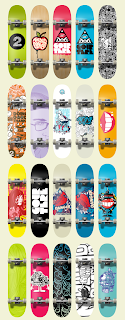The first book ever printed in Europe was done so by the use xylography (art of engraving on wood, block printing) in 1423.
“Xylography is wood engraving, and the oldest known relief printmaking technique. The discipline was first practiced in China, then picked up in Europe centuries later. Using a block of wood in somewhat the same manner as a rubber stamp, a xylographer cuts and/or carves wood away from those parts of the design that will not be inked. The "sticking up" parts that are left form the final print.”
This was then followed in 1440 with “German inventor Johannes Gutenberg invented a printing press process that, with refinements and increased mechanization, remained the principal means of printing until the late 20th century. The inventor's method of printing from movable type, including the use of metal molds and alloys, a special press, and oil-based inks, allowed for the first time the mass production of printed books.”
The first book in Europe was printed with the intention of spreading ideas to many people. A larger audience could have access to books like bibles and religious text.
Who is your favourite expert? And why?
Katsuhiro Otomo
Goseki Kojima
Jamie Hewlett
Simon Bisley
Frank Miller
My favourite experts are Goseki Kojima, Katsuhiro Otomo, Frank Miller, Simon Bisley and Jamie Hewlett.
These artists influenced my still developing mind and have shaped the way I think, view the world and interact with the rest of you.
It is difficult to choose who is my favourite expert. They have different attributes that I greatly admire. Each one has made a massive and resounding impact on my life and the way I create artwork. Without these artists my world would not be quite as cool.
I like Katsuhiro Otomo and Jamie Hewlett’s ability to define and create elaborately constructed subcultures. They manage to identify with peoples need to be rebellious in a very stylish way.
I like Frank Miller’s unique stark graphic style that creates an incredible intensity, Goseki Kojima beautiful drawing style and Simon Bisley’s epic, larger than life characters.

















































